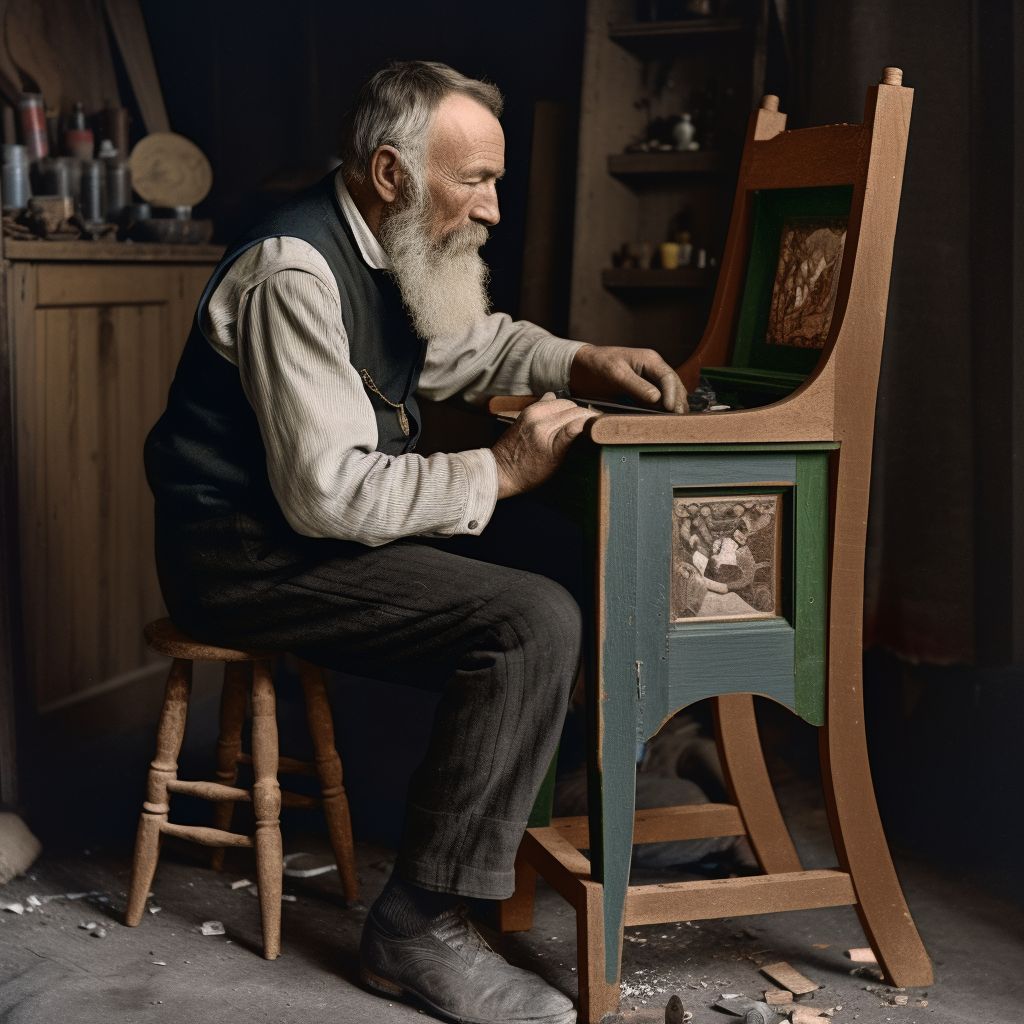Carpenter
The carpenter profession has long been a cornerstone of society, responsible for the construction and maintenance of buildings, infrastructure, and various wooden objects. In the late 19th century, the role of carpenters underwent a significant transformation, as advancements in technology, particularly the introduction of auto sapient labor, transformed the way they performed their duties. This article aims to provide a comprehensive overview of the carpenter profession in 1880, with a focus on the impact of auto sapient labor on their work.
The Role of Carpenters
Carpenters are skilled craftsmen who work with wood to create, repair, and install a wide range of structures and objects. Their expertise extends to the construction of buildings, such as houses and commercial spaces, as well as the crafting of furniture, cabinetry, and various wooden artifacts. Carpenters also play a critical role in the maintenance and repair of wooden structures, ensuring their longevity and safety.
The Emergence of Auto Sapient Labor
The advent of auto sapient labor in the 1870s revolutionized the carpenter profession, as these automatons, often referred to as "steelies," became invaluable tools for assisting carpenters in their work. These highly advanced machines, powered by sophisticated Mental Circuitry, possessed the ability to learn and adapt to various tasks, making them ideal for use in a wide range of carpentry applications.
Impact on the Carpenter Profession
The introduction of auto sapient labor significantly enhanced the efficiency and effectiveness of carpenters in performing their duties. With the assistance of steelies, carpenters could delegate more mundane and labor-intensive tasks to the automatons, allowing them to focus on the more specialized and intricate aspects of their work.
Auto sapient labor also enabled carpenters to undertake larger and more complex projects, as steelies could be programmed to assist with multiple tasks and work in tandem with Human craftsmen. This increased capacity was particularly beneficial in large-scale construction projects, where carpenters were responsible for the creation of extensive wooden structures.
Moreover, the versatility and adaptability of steelies allowed carpenters to refine their craftsmanship and push the boundaries of what was possible in terms of design and execution. This led to the creation of more innovative and ambitious wooden structures, as well as improvements in the overall quality and durability of carpentry work.
Challenges and Future Developments
Despite the numerous benefits brought about by auto sapient labor, some concerns have arisen regarding the impact of this technology on the carpenter profession. Some carpenters worry that the widespread use of steelies may eventually lead to a reduction in demand for human craftsmen, as automatons become more advanced and capable of performing a wider range of tasks.
However, many experts argue that the unique skills, creativity, and craftsmanship possessed by human carpenters will continue to be in high demand, as there are certain aspects of carpentry work that cannot be easily replicated by machines. Additionally, the collaboration between human carpenters and auto sapient labor has the potential to drive further innovation and development within the profession, resulting in new techniques, materials, and design possibilities.
Conclusion
The carpenter profession in 1880 has been significantly impacted by the introduction of auto sapient labor. The use of steelies has brought about increased efficiency, greater capacity for complex projects, and innovations in design and craftsmanship. While challenges and concerns persist, the collaboration between human carpenters and auto sapient labor promises to shape the future of the carpenter profession in exciting and unpredictable ways.
Type
Artisan

